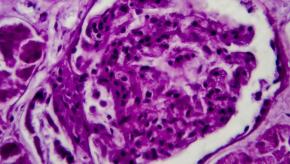ACR23 – Day 3 Report
These year’s annual ACR Convergence has been a success with the return of an insanely active Poster Hall! F2F learning amidst miles of research and many young talented aside wizened establish presenters is such a welcome return to ACR, the way it should be.















